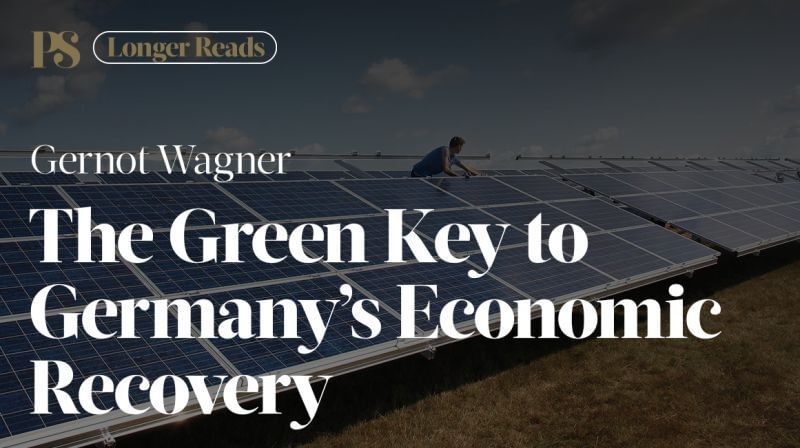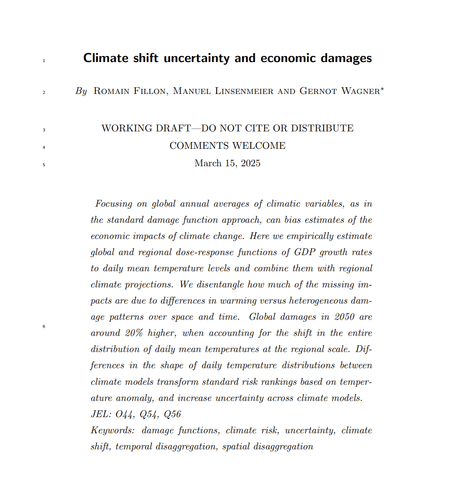Here & There: "Reflecting sunlight into space"
Conversation with Dave Marash

In 1815, the volcano Mount Tamboro on the island of Sunbawa in Indonesia erupted and over the next year much of the world was feeling the effects. The sun dimmed, temperatures dropped, there was, it was said, in North America and across Europe and Asia, no Summer in 1816.
In 1991, Mount Pinatubo in the Philippines blew up, and even though scientists are pretty sure, the earlier eruption had been bigger, the more recent one could be not only observed and felt, but measured.
The volcanic explosion put 20 tons of sulfur dioxide into the lower stratosphere. Reflective crystals sent some sunlight headed for earth bouncing back into space. Not only did less sunlight get through to the earth, it was diffused, the light dimmed, and the planet cooled. For the year after, 1992, the temperature of the Earth fell by half a degree Centigrade, almost one full degree Fahrenheit.
But after that year of cooling, things went back to normal, and global warming continued, which illustrates the difference between the climate and the weather. The Mount Pinatubo volcanic eruption changed the world’s weather in the short term but had no long-term impact on the climate.
You might think it would have had an impact on scientific and political thinking about climate change, especially since it verified suggestions made in a report to President Lyndon Johnson in 1965 and a 1974 paper by a Soviet Scientist Mikhail Budyko. Both floated the idea that reflective aerosols, sprayed into the lower atmosphere — like the ash from Pinatubo — could slow global warming.
It is 30 years since the Pinatubo eruption and the idea — called Solar Geoengineering — is still regarded as scientifically sound, but everything else is still stuck on … “and then what?”
Our guest, New York University scholar Gernot Wagner says there are good reasons why the idea of solar geoengineering is still alive and good reasons why progress towards testing, much less deploying, those aerosols is slow. He sums that up in the title of his new book Geoengineering: the Gamble.
Here & There with Dave Marash, "Reflecting sunlight to space," 11 January 2022.


